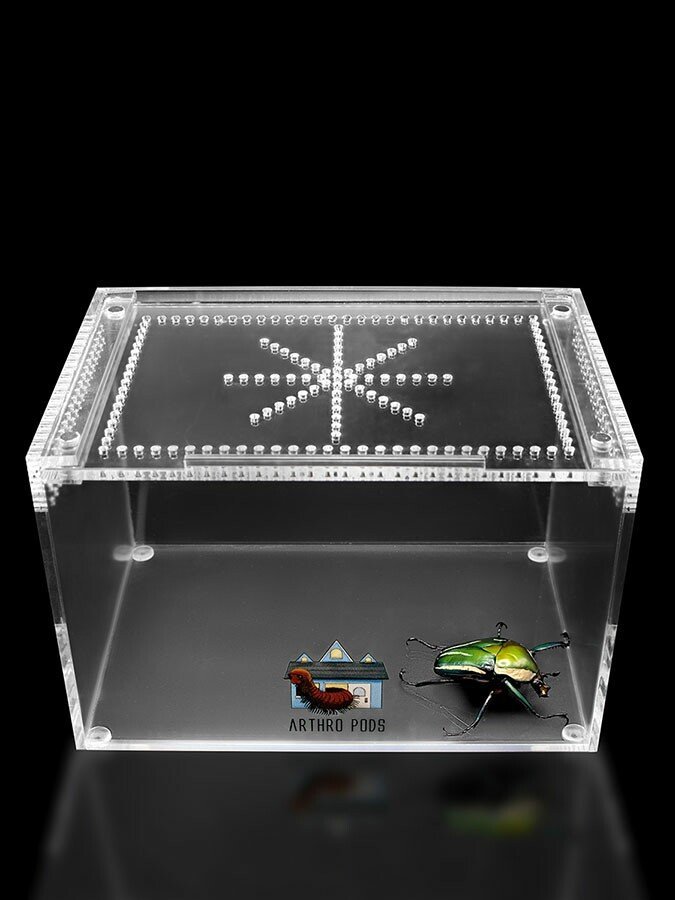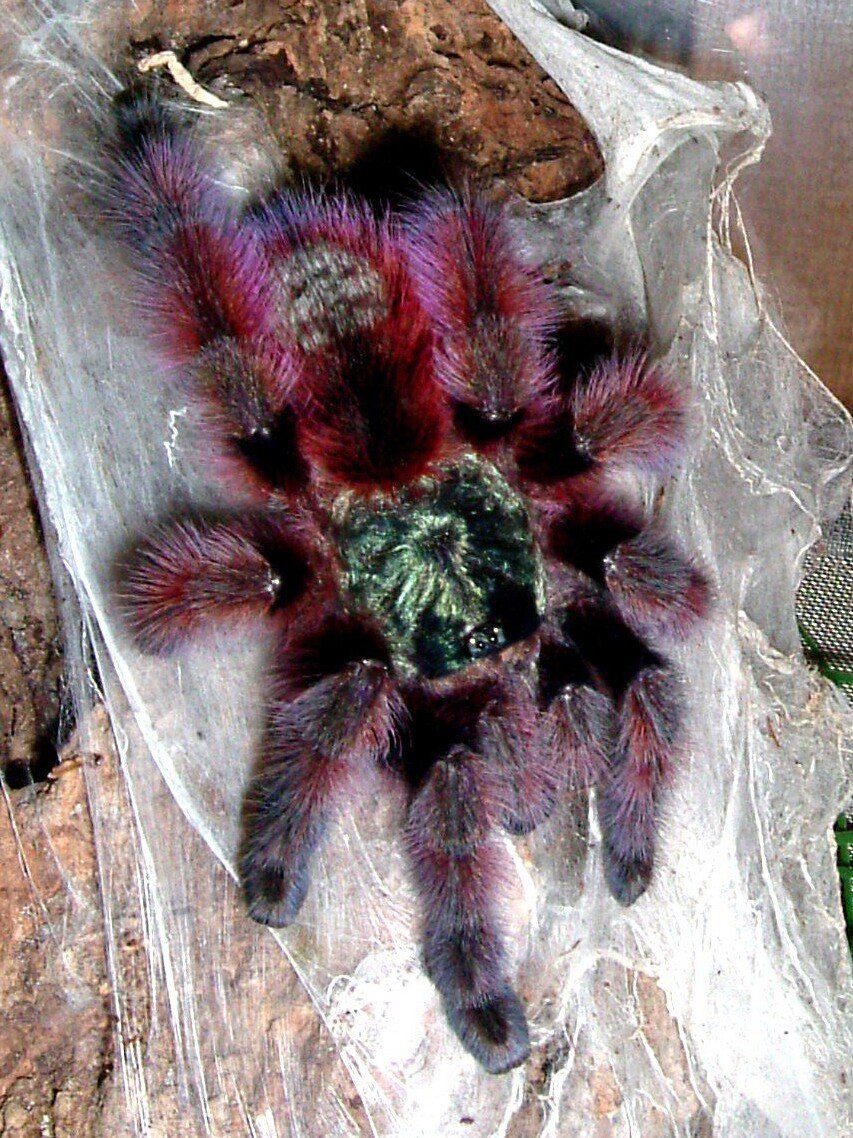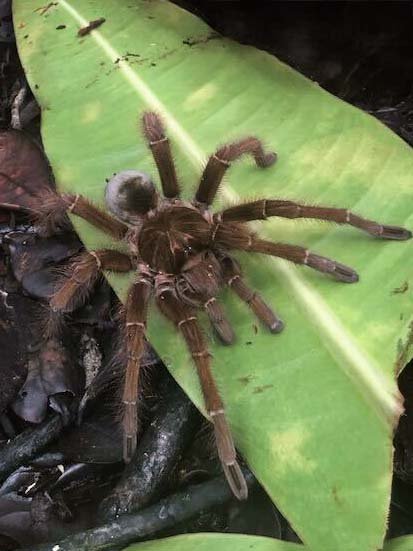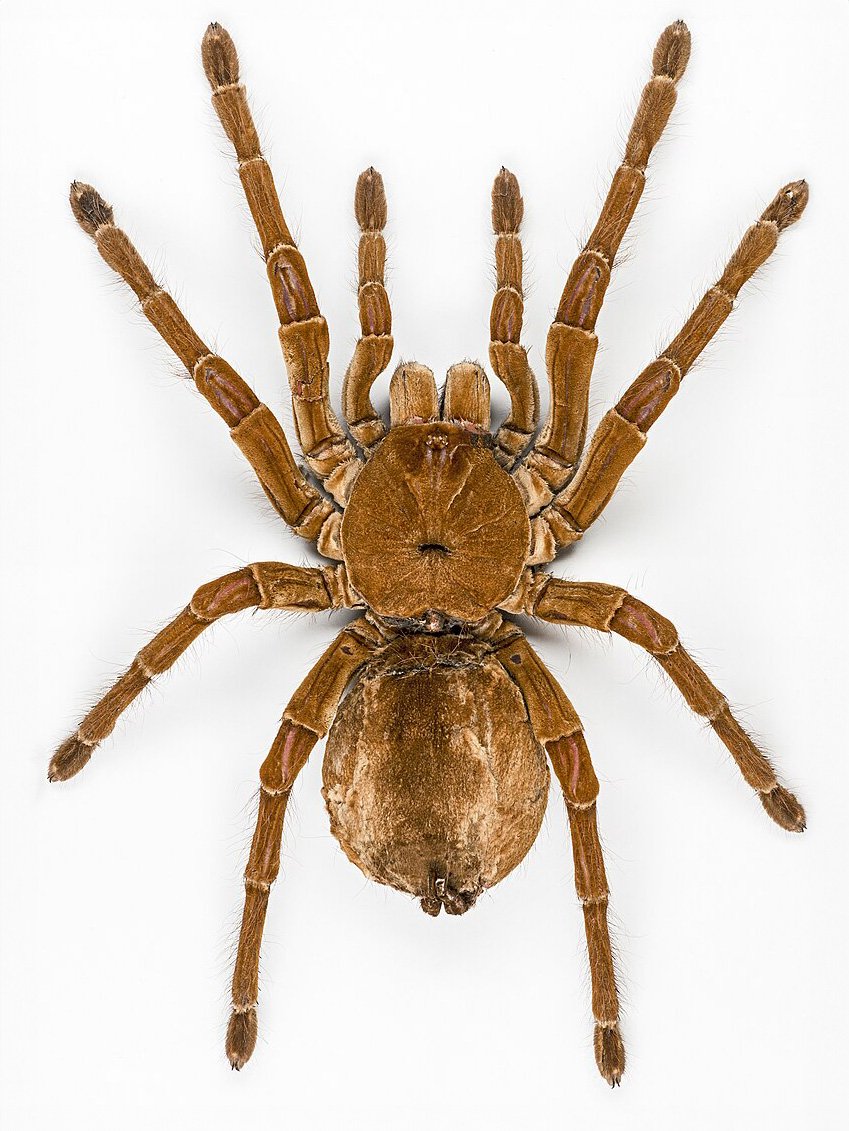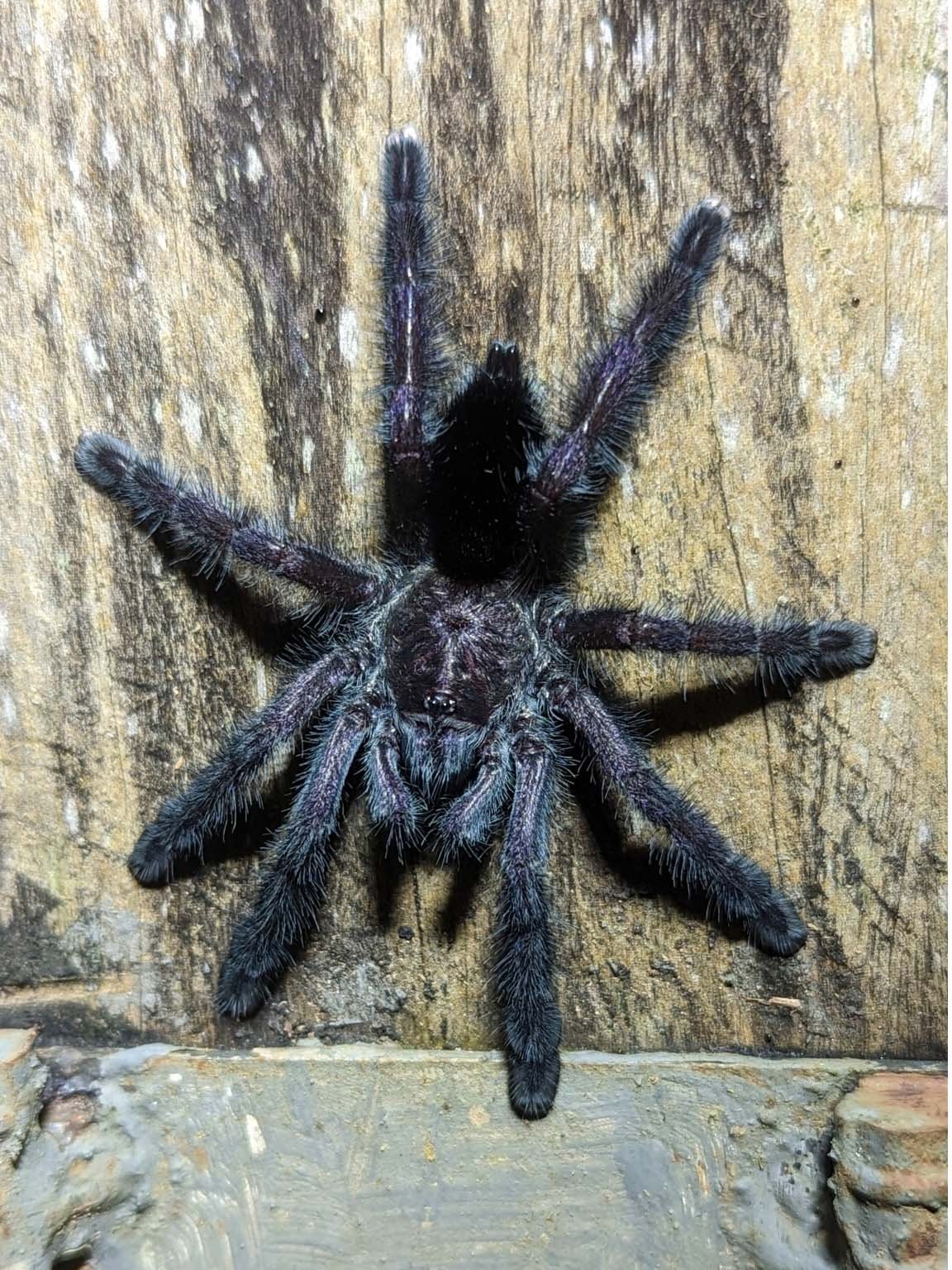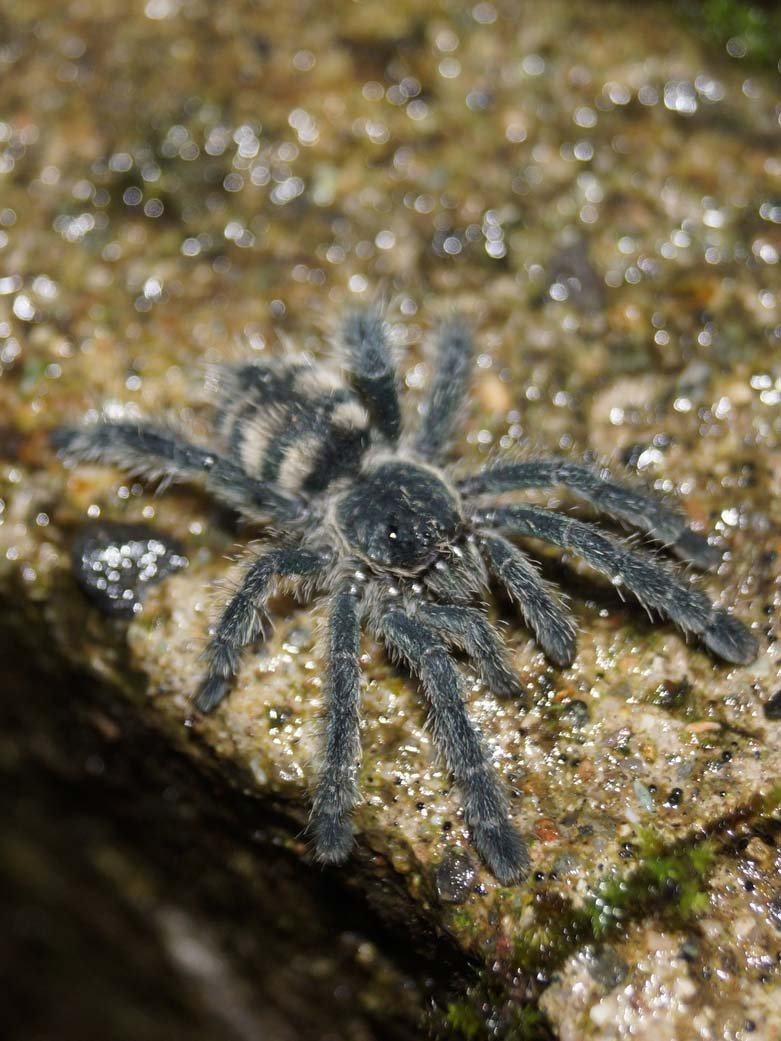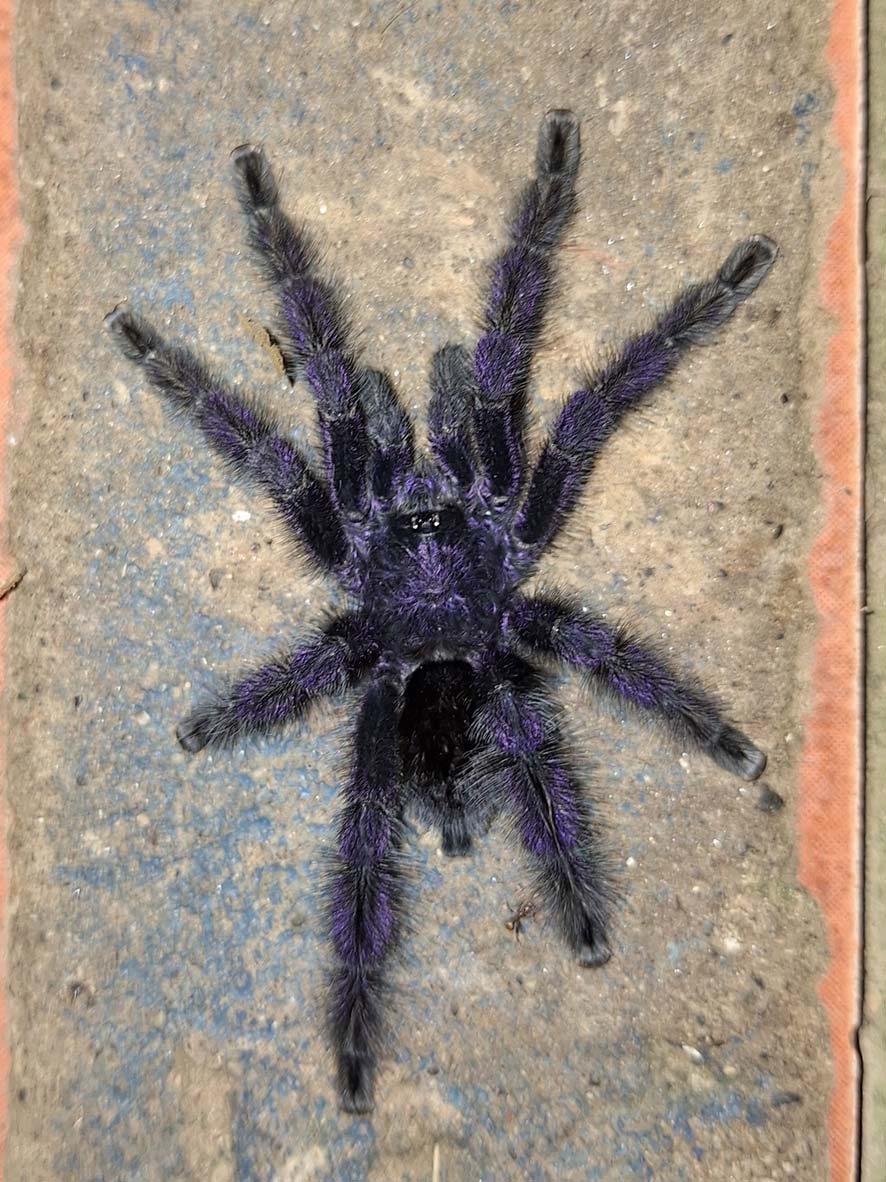What’s the ideal diet for a Brazilian Giant Blonde Tarantula?
All Tarantulas can eat a variety of feeders. Stick to crickets, dubia roaches, silkworms, horned worms occasionally, and a superworm or mealworm as the occasional treat!
How should I keep a Brazilian Giant Blonde Tarantula?
For this particular creature, you can start with a small Terrestrial Terrain enclosure if under a ¼” - 1.2” spiderling (sling), and when they get to be about 1” in size, you will want to upgrade to the medium or large Terrestrial Terrain enclosure. Feed them as slings once a week, twice if their opisthosoma (abdomen) looks small, but if the opisthosoma is wider than their prosoma (cephalothorax), then wait a couple of days to feed. For juveniles or adults, stick to feeding once a week, nothing larger than their opisthosoma. Make sure to keep a full water dish at all times; wider and deeper is fine. Your tarantula can’t drown; they float on water.
How long could a Brazilian Giant Blonde Tarantula live?
Believed to live around 10+ years for females, and males living between 4-5 years maximum. All estimates are based on multiple sources.
Some photos provided by iNaturalist and Wikipedia, credit to:
Syrio, some rights reserved (CC BY-SA 4.0)
Igor Balashov, some rights reserved (CC BY)






